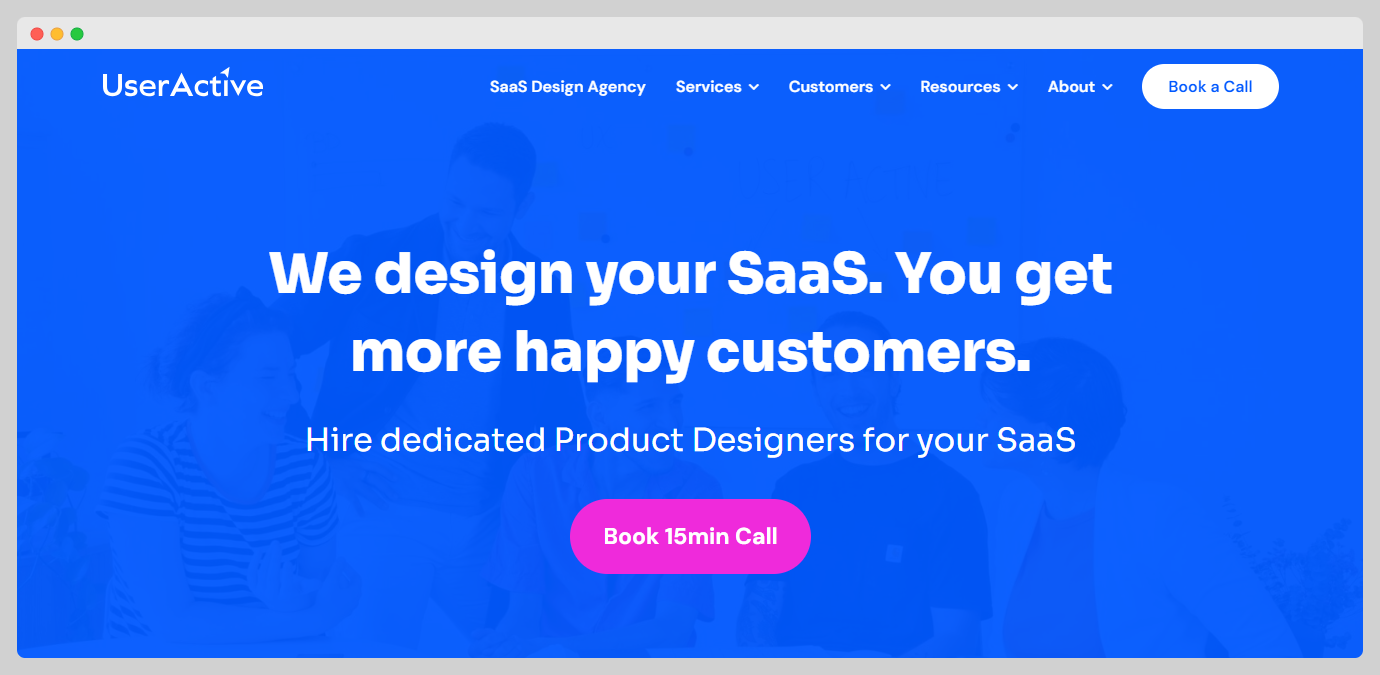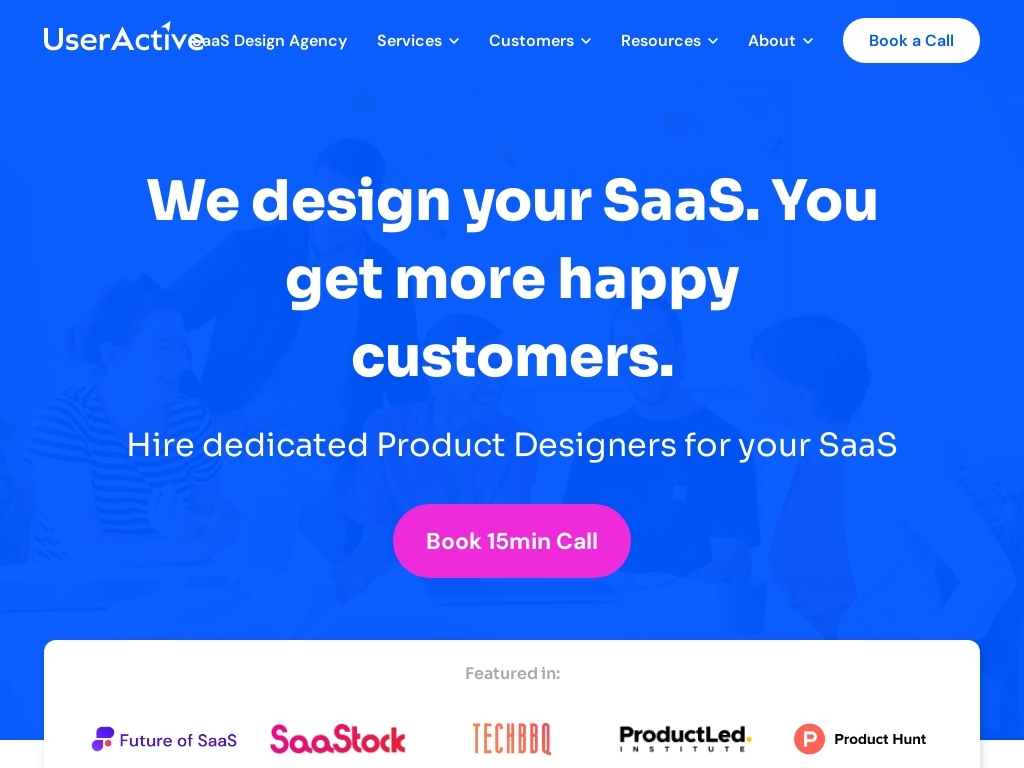How a Design Expert Grew UserActive by Boosting SaaS UX/UI to 46% Conversion
Who is Peter Loving?
Peter Loving, the founder of UserActive, hails from London and is now based in Barcelona. A product designer by training, he initially studied consumer product design at university and later transitioned into digital design, leveraging his background in design to specialize in UI/UX improvements for SaaS companies.
What problem does UserActive solve?
UserActive helps SaaS companies transform outdated or confusing software interfaces into user-friendly, modern designs, addressing the challenge of customer dissatisfaction and retention. By enhancing the user experience (UX) and user interface (UI), UserActive enables clients to attract and retain more users, making their products more competitive in a crowded market.


How did Peter come up with the idea for UserActive?
Peter, a product designer and founder of UserActive, always had a keen eye for design and enjoyed creative pursuits from a young age. He recognized an opportunity to combine his design skills with his scientific interest during his university...
Disclaimer: The initial draft of this article was compiled by the Starter Story team based on publicly available interviews, podcasts, and other content from the founder. See the sources we used here.

Download the report and join our email newsletter packed with business ideas and money-making opportunities, backed by real-life case studies.

Download the report and join our email newsletter packed with business ideas and money-making opportunities, backed by real-life case studies.

Download the report and join our email newsletter packed with business ideas and money-making opportunities, backed by real-life case studies.

Download the report and join our email newsletter packed with business ideas and money-making opportunities, backed by real-life case studies.

Download the report and join our email newsletter packed with business ideas and money-making opportunities, backed by real-life case studies.

Download the report and join our email newsletter packed with business ideas and money-making opportunities, backed by real-life case studies.

Download the report and join our email newsletter packed with business ideas and money-making opportunities, backed by real-life case studies.

Download the report and join our email newsletter packed with business ideas and money-making opportunities, backed by real-life case studies.









